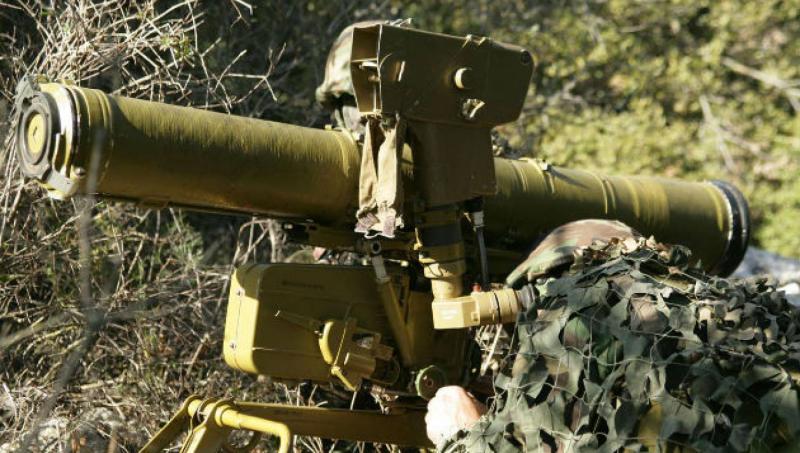The downing of the third most important drone owned by Israel today, Monday, by Hezbollah marks a significant shift in crossing red lines between the party and the Israeli army. According to a commander in Hezbollah's "Anti-Tank Weapon" division, this weapon is the star of this battle because it possesses flexibility, effectiveness, and simplicity, indicating: "We have not defeated the enemy now, but we defeated the enemy when we destroyed the Merkava tank in 1993." So, what about this weapon?
An Israeli report discussed the shooting skills of the anti-tank rocket shooters in Hezbollah, with commentators stating that "Hezbollah excels in sniping with rockets." According to estimates by the Israeli army, Hezbollah possesses many effective anti-tank systems, including:
- **RPG-7**: A Soviet-made rocket launcher designed for infantry to easily engage enemy tanks. Since its production in 1961, it has proven to be a primary weapon for many regular armies and irregular military forces in ambushes against tanks, as well as for destroying fortifications, machine gun positions, and dealing with snipers.
- **RPG-29**: An upgraded anti-tank rocket launcher capable of targeting modern armored fighting vehicles equipped with reactive armor, which can be penetrated by the warhead of the RPG-29, designed to operate in two stages. It is one of the few warheads that can penetrate the composite armor of advanced Western tanks. Several new generations have been developed, such as RPG-30 (which Israeli sources estimate Hezbollah may have) and RPG-32.
- **"Sa'eqa"**: The Iranian version of the American-made "M-47 Dragon" missile. This missile can penetrate armor up to 50 centimeters thick and is an Iranian-manufactured model of the original "Dragon," a limited number of which were purchased before the Islamic Revolution. It is a short-range missile that can be easily carried by one person, guided by wire, and features a high-precision tracking system that allows it to target all moving and stationary targets with a 10% margin of error.
- **Malytuka Missile**: A wire-guided anti-tank missile system developed in the Soviet Union. It was the first guided anti-tank missile in the USSR and has been one of the most widely spread missiles. It can target vehicles at ranges between 500 meters and 3 kilometers, and there is an Iranian-made version called "Ra'ad."
- **Fagot Missile**: A second-generation anti-tank missile made in the Soviet Union, developed as a successor to the Malytuka. It relies on a reusable launcher equipped with a wire-guidance system for the missile. This system is characterized by its small size and light weight, allowing the crew to conduct defensive maneuvers and strike targets within a range of 70 meters to 2500 meters. There is an advanced version with a dual warhead designed to overcome reactive armor.
- **Concourse Rocket**: An anti-armor missile with a tandem warhead that can hit targets within a range of 70 meters to 4000 meters. The missile is guided to the target by an infrared launching unit that automatically transmits commands via a wire connected to the end of the missile. If the guidance system detects an error, it activates an alarm, allowing the crew to switch to full manual control for targeting, similar to the manual guidance used in the Malytuka missile. An Iranian-manufactured version is claimed by Israeli sources to have been used by Hezbollah in the July 2006 war.
- **Kornet Missile**: A second-generation anti-tank missile equipped with an advanced laser guidance system that is unaffected by jamming and countermeasures, with a range of 100 meters to 5.5 kilometers. This missile can target slow-moving helicopters and some boats within its range. It was also heavily used during the July 2006 war, and there is an Iranian version called "Dahlawi."
- **TOW - Toofan Missile**: An Iranian-made missile, equivalent to the American TOW missile, with a maximum range of about 4 kilometers. Iran was one of the first countries to import TOW missiles since 1971 and has been able to produce several advanced generations through reverse engineering.




